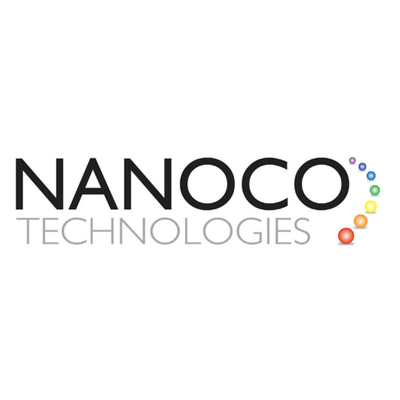Quantum dots (QDs) are semiconductor nanocrystals ranging from 2-10 nanometers (10-50 atoms) in size, exhibiting size-tunable features. Due to their nanoscale dimensions, they display quantum confinement effects, leading to remarkable optical and electrical characteristics. These features can be adjusted by varying the particle size, material, and composition. QD materials include Cd-based, In-based, PbS, perovskites, and emerging CuInS2, InAs, and ZnTeSe QDs, each with varied bandgap and thus distinct absorption and emission spectra. This fine-tuning capability has made quantum dots highly significant for applications in displays, image sensors, photovoltaics, lighting, and various other technologies.
Discovered in 1980, QDs have shown immense potential in transforming display, image sensor, photovoltaic, lighting, and greenhouse film technologies, leading to commercial products. In display technology, QDs are extensively used as colour-enhancing components, offering a wider colour gamut, higher colour accuracy, and increased brightness compared to traditional liquid crystal displays (LCDs). Their unique photoluminescent property enables them to emit specific wavelengths of light upon excitation, converting blue light from LEDs into pure red and green, achieving a more extensive and precise colour palette.
The evolution of QD integration in displays highlights the dominance of the film-type adoption over the now-obsolete edge optic approach. Emerging methods, such as QD colour filters for OLED and micro-LED (μLED) or on-chip types, are gaining traction due to advancements in materials and fabrication techniques. These innovations could eventually surpass the film type. QDs are considered the ultimate emissive material for displays, with ongoing improvements in efficiency and lifetime, despite challenges in performance, deposition/patterning, and device design.
Lead sulfide QDs offer tunability across an extensive spectrum of wavelengths, making them suitable for near-infrared (NIR) or short-wave infrared (SWIR) sensing applications. They can be combined with a silicon Read-Out Integrated Circuit (ROIC) to create a hybrid QD-Si NIR/SWIR image sensor, presenting a potential pathway towards high-resolution small-pixel silicon-based NIR/SWIR sensors. This innovation eliminates the need for the heterogeneous hybridisation of indium gallium arsenide (InGaAs) sensors with Si ROIC. Low-cost hybrid QD-based image sensors can target traditional InGaAs SWIR applications and new applications as well.
With the first generation of products already on the market and major companies getting involved, the promise of this technology remains strong. The report explores hybrid QD-Si image sensors that achieve high resolution, low pixel pitch, and global shutter at potentially low costs. Technology analysis and player introductions are detailed within the IDTechEx report.
Existing commercial products based on QDs’ photoluminescent features have shown remarkable potential in lighting technologies. QDs can be integrated into LED lighting systems as colour converters, producing tunable and high-quality white light. QD-based LEDs can achieve excellent colour rendering indices (CRI) and colour temperatures, making them suitable for various lighting applications, including indoor and automotive lighting. The narrow emission spectra of QDs reduce the need for complex filtering, enhancing energy efficiency and reducing light pollution.
In photovoltaic (PV) devices, QDs have the potential to create third-generation solar cells. By engineering the bandgap of quantum dots to match specific regions of the solar spectrum, these cells can capture a broader range of light wavelengths and enable multiple exciton generation (MEG) effects, leading to improved light harvesting, higher conversion efficiencies, and better performance under low-light conditions. Additionally, QDs offer the potential for flexible and transparent photovoltaic applications. The report benchmarks various PV technologies, exploring the commercial and technical challenges that need to be overcome.
Nanoco Group PLC (LON:NANO) leads the world in the research, development and large-scale manufacture of heavy metal-free nanomaterials for use in displays, lighting, vertical farming, solar energy and bio-imaging.


